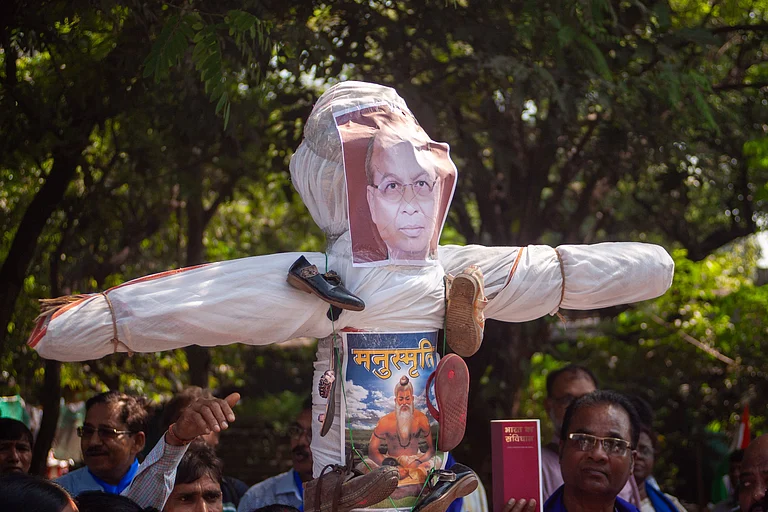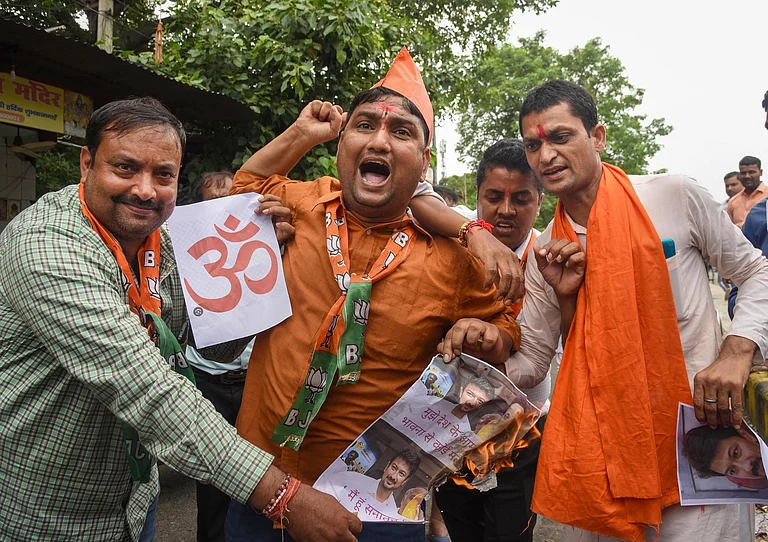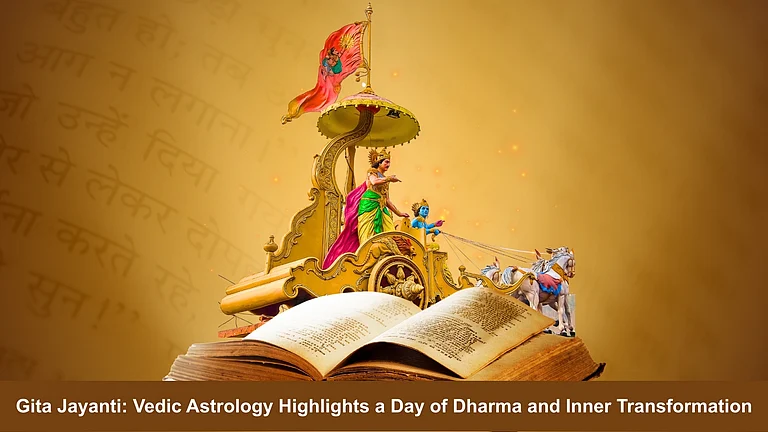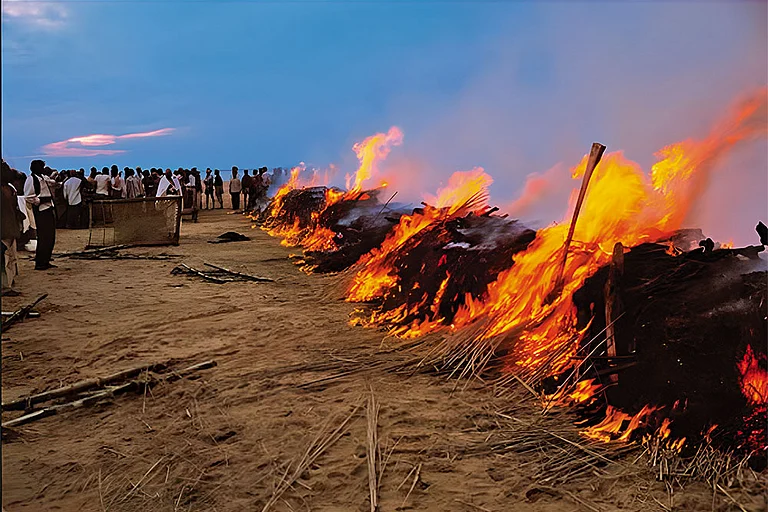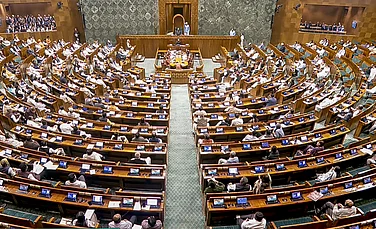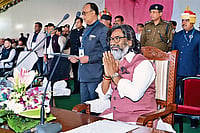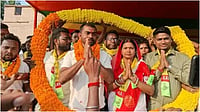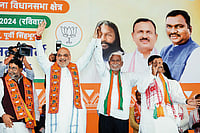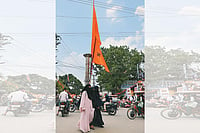Amidst the row over DMK leader Udhayanidhi Stalin’s comment on ‘Sanatan Dharma’, Prime Minister Narendra Modi yesterday lashed out at the opposition and said that they are trying crush ‘Sanatan’ in an effort to push the country back to 1000 years of slavery.
While addressing a rally in poll-bound Madhya Pradesh, the PM said, “Every follower of Sanatan, everyone who loves this country, loves the soil of this country… everyone needs to be vigilant. They want to crush Sanatan and push this country back into 1,000 years of slavery. But together, we must stop such forces. With the power of our organisation and a united front, we must thwart their plans. We must render their intentions futile with a united effort.”
He continued referring to freedom-fighters who were practitioners of Sanatan Dharma. Invoking legacy of Gandhi to Bal Gangadhar Tilak, Modi made it clear- notably just ahead of the special session that is about to be started from September 18- that the BJP will not let the controversy die down.
Most of the INDIA alliance partners though have distanced themselves from Stalin junior’s comment, DMK leaders like A Raja went a step ahead and equated Sanatan Dharma with the early days’ stigma of leprosy and HIV. The DMK leaders though clarified that the party leaders called the prevalent caste system a ‘menace’ and the ruling party is trying to peddle misinterpretation, the debate has already taken the political centerstage.
But what is Sanatan Dharma? Is it the only religion of the country that all the citizens are supposed to adhere to? Or is it merely a modernist imagination of Hinduism and its untraceable ancestry spreading over- as claimed- more than 5,000 years?
India as a constitutionally secular country neither supports the supremacy of any particular religion, nor it allows any statement that harms the essence of it. One must not forget the struggle of India to include the word ‘secularism’ in preamble. It was only added after the 42nd amendment of the Indian constitution in 1976.
However, the founding parents of the constitution from the very first day imagined a caste-less secular nation that would envisage a world where the progressive values of both the modern and tradition would come to an alliance to create a syncretic knowledge system.
As the debates over Sanatan Dharma clouds the political common sense, Outlook looks back at its secularism issue and recalls the journey of India’s secularism. In the issue, while Ashutosh Bharadwaj discusses different models of secularism and examines how a ritualistic country like India could adopt to it, Rakhi Bose looks into the competitive communalism and how it shapes the political discourse.
To remember this journey is to make us believe in the strength of secularism that Supreme Court of India in S R Bommai case (1994) clearly said, has always been part of the constitution- at least in essence. As the PM Modi asks the people to be vigilant against any effort to crush Sanatan Dharma, Tamil Nadu celebrates the recruitment of women priests in the state. The casteless, genderless training course to become priest offers a different idea ofDharma – perhaps where inclusivity rules not the values antithetical to the essence of secularism.








